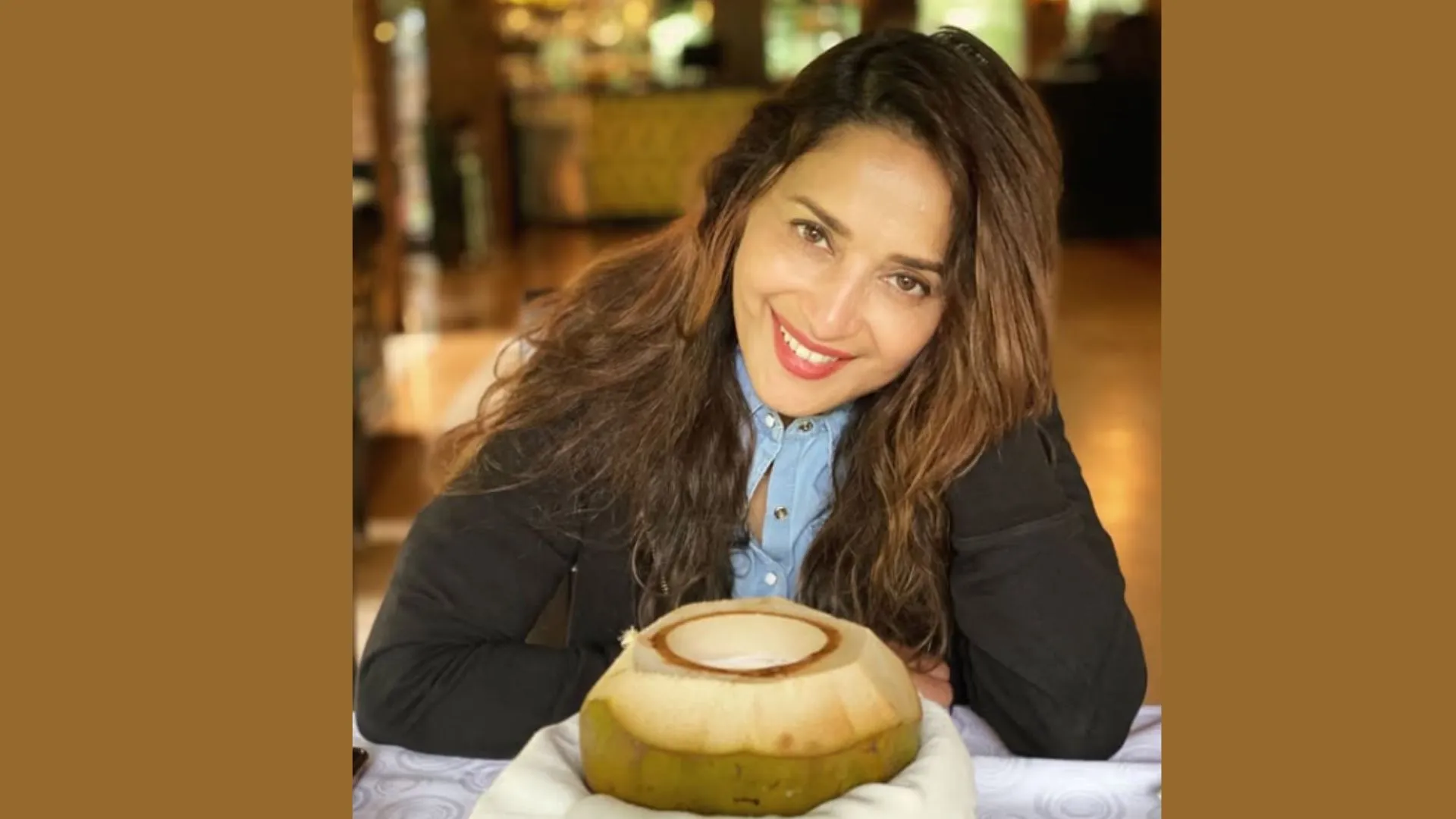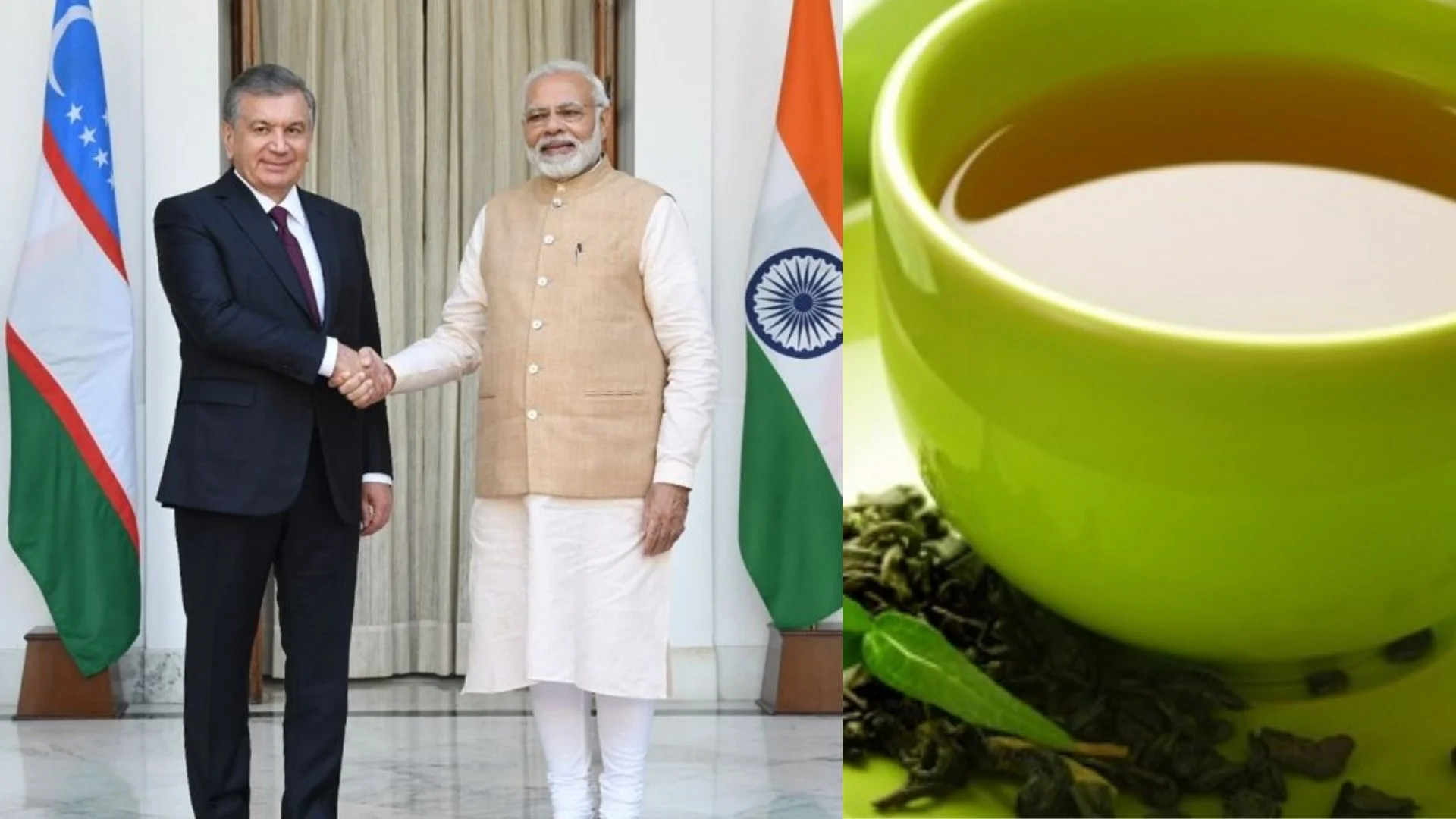Drawing inspiration from the ancient Indian art form – Madhubani – this collection seeks to combine the precision and the dualism of the modern times with the heritage art forms.
Each design has a thoughtful and deep underlying story behind its creation. All the designs are hand painted with love and precision by skilled practitioners of the Madhubani art form in the workshop.
Here are several stole designs that you might consider for yourself:
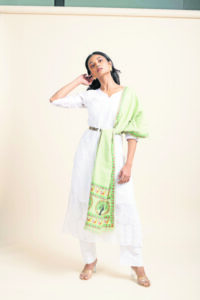
1. African Motif: It is a fusion between a figurative that draws its roots from African culture and Madhubani art, explaining the simplicity of diversity and acceptance. This design has borders on both ends and portrays how inspiration can be drawn from two different cultures to create a beautiful art form.
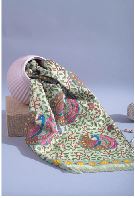
2. P-Kingdom: This is a very motif-heavy design that showcases the rich history and empire of ancient India. The whole analogy is drawn by the kingdom of a peacock, which is flanked by its attendants, wealth, nature, and prosperity.
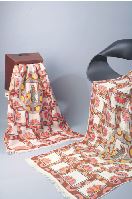
3. Lotus Maze: This design talks about the challenges in a woman’s life. Its main motif is a woman with butterfly wings. She is shown inside a mirror, which is placed between a maze of varying boxes. The underlying meaning is that in some places, women are forced to marry without their will. Reluctantly, she accepts to get married but every moment she feels like she is trapped within a maze. Whenever she looks at herself in the mirror. She wishes for her freedom, so that she can fly out of this maze.
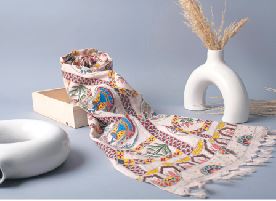
4. Mandala Fusion: This design is a fusion of another famous art-Mandala with Madhubani. The concept behind this design was to showcase the timeless beauty and constant growth of India. The circular patterns in Mandala art denote unity and totality; peacocks denote India and its dignity; and the trees and connected branches represent the growth ladder. Peacocks are given a feminine look because we call it our “motherland.” The design denotes the continuous and never-ending growth of our motherland.

